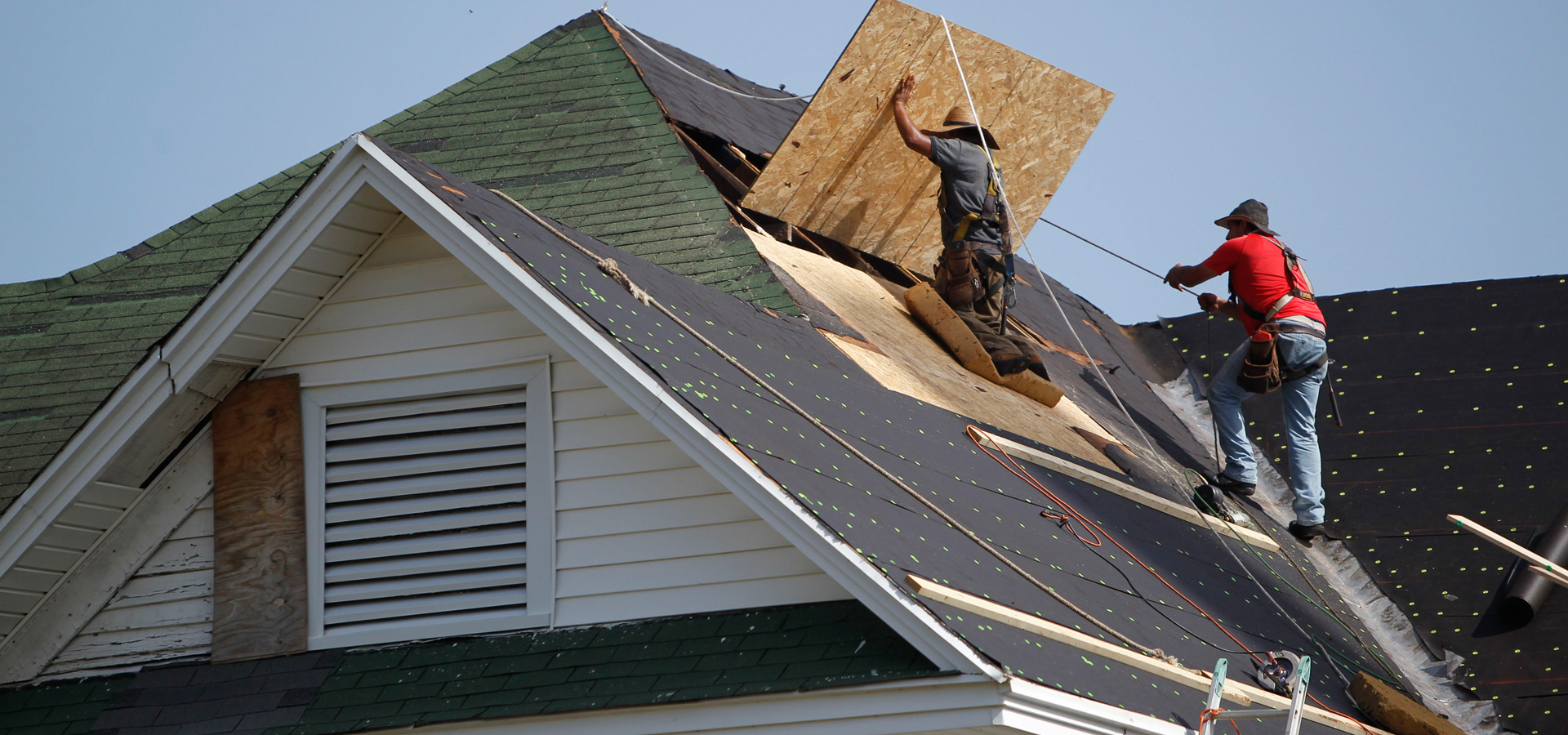Roof maintenance is essential for preserving the integrity of your roofing system, extending its lifespan, and preventing costly repairs. Regular inspections and proactive maintenance can help identify and address issues before they escalate. Here are some key aspects of Roof Maintenance in Bakersfield CA:
- Regular Roof Inspections:
- Schedule regular inspections at least twice a year, ideally in the spring and fall. Additionally, perform inspections after severe weather events like storms or heavy rainfall.
- Clear Debris:
- Remove debris such as leaves, branches, and other organic material from the roof surface and gutters. Accumulated debris can trap moisture and contribute to the deterioration of roofing materials.
- Clean Gutters and Downspouts:
- Ensure that gutters and downspouts are clear of debris to allow proper drainage. Clogged gutters can lead to water pooling on the roof, potentially causing leaks and damage.
- Check for Signs of Damage:
- Look for signs of damage, including missing or damaged shingles, cracked tiles, or deteriorating roofing materials. Address these issues promptly to prevent further damage.
- Inspect Flashing and Seals:
- Check the flashing around chimneys, vents, and other roof penetrations. Ensure that seals are intact and there are no signs of rust or deterioration.
- Trim Overhanging Branches:
- Trim branches that overhang the roof to prevent potential damage during storms or from rubbing against the roof surface.
- Inspect Attic and Interior:
- Inspect the attic and interior for signs of water damage, leaks, or mold. Check for proper ventilation to prevent condensation issues.
- Check for Algae or Moss Growth:
- If you notice algae or moss growth on the roof, consider using appropriate cleaning solutions or treatments to prevent further growth. Algae and moss can retain moisture and accelerate roof deterioration.
- Examine Skylights and Ventilation Systems:
- Inspect skylights, vents, and other roof features to ensure they are sealed and functioning properly. Replace damaged seals or components as needed.
- Assess Insulation:
- Evaluate the condition of insulation in the attic. Proper insulation helps regulate temperature and prevents ice dams in colder climates.
- Schedule Professional Roof Inspections:
- While you can perform visual inspections, consider hiring a professional roofing contractor for a comprehensive roof inspection. Professionals have the expertise to identify subtle issues that may go unnoticed.
- Address Repairs Promptly:
- If you identify any issues during inspections, address repairs promptly. Delaying repairs can lead to more extensive damage and higher repair costs.
- Consider Roof Coatings:
- Depending on your roofing material, consider applying protective coatings to enhance durability and weather resistance.
- Document Maintenance Activities:
- Keep records of your roof maintenance activities, including inspection dates, repairs, and any professional services performed. This documentation can be useful for insurance claims and future reference.
Regular roof maintenance is an investment in the longevity and performance of your roofing system. If you are unsure about performing maintenance tasks or need extensive repairs, consult with a professional roofing contractor to ensure the work is done correctly and safely.
